Smartphones & Tablets | October 9, 2023
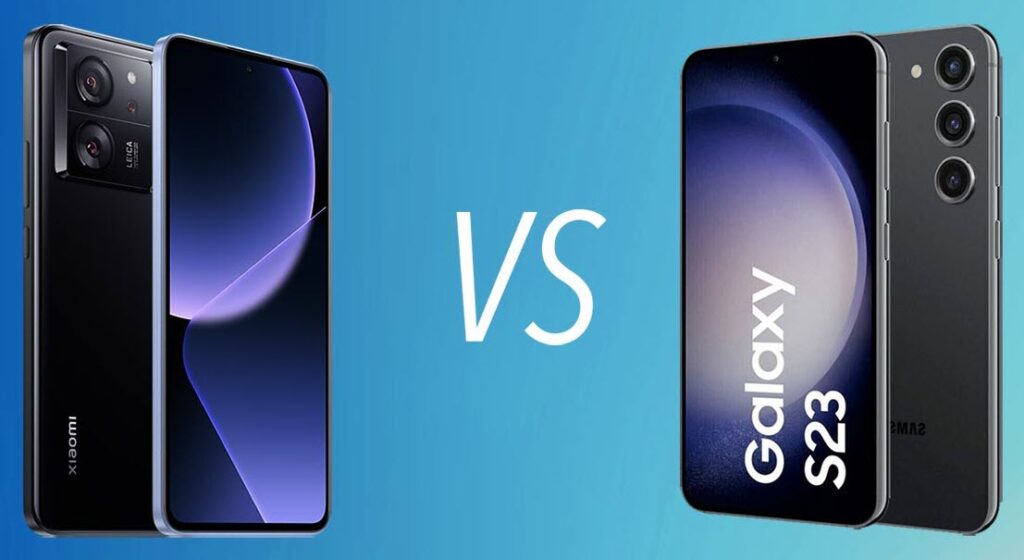
| Xiaomi 13T | Samsung Galaxy S23 | |
| Screen | 6.67 inches of AMOLED technology, 20:9 format, Full HD+ resolution of 2,712 x 1,220 pixels, 144 Hz refresh rate, 480 Hz sampling rate, maximum brightness of 1,200 nits and peak of 2,600 nits and Dolby Vision certification and HDR10+ | 6.1 inches of Dynamic AMOLED 2X technology, 19.5:9 format, Full HD+ resolution of 2,340 x 1,080 pixels, HDR10+, maximum brightness of 1,750 nits, 120 Hz adaptive refresh rate and Corning Gorilla Glass Victus 2 protection |
| Main camera | – Primary sensor with 50 megapixel Leica lens with f/1.9 focal aperture with optical image stabilization – Secondary sensor with 50 megapixel Leica telephoto lens with f/1.9 focal aperture equivalent to 50 millimeter lens – Tertiary sensor with wide-angle Leica lens 12 megapixels with f/2.0 focal aperture equivalent to a 15 millimeter lens | – 50 megapixel main sensor with f/1.8 focal aperture and optical stabilization – 10 megapixel secondary telephoto sensor with f/2.4 focal aperture and 3x optical zoom – 12 megapixel wide-angle tertiary sensor with f/2.2 aperture |
| Selfie camera | 20 megapixel main sensor with f/2.2 focal aperture | 12 megapixel main sensor with f/2.2 focal aperture |
| Internal memory | 256 GB UFS 3.1 type | 128, 256 or 512 GB of type UFS 3.1 and 4.0 |
| Extension | No extension available | No extension available |
| Processor and RAM memory | Mediatek Dimensity 8200 Ultra 8 GB RAM | Qualcomm Snapdragon 8 Gen 2 4-nanometer eight-core 8 GB RAM |
| Battery | 5,000 mAh with 67W fast charging (charger included in the box) AdaptiveCharge technology, which learns and adapts to each user’s charging habits to extend battery life | 3,900 mAh with 25W fast charging (charger not included in the box), 15W wireless charging and 4.5W reverse wireless charging Full charge in over an hour |
| OS | Android 13 under MIUI 14 | Android 13 under One UI 5.1 |
| Connections | 5G, 4G LTE, dual-band WiFi 802.11 a/b/g/n/ac and WiFi 6, Bluetooth 5.4, GPS + GLONASS, NFC for mobile payments and USB type C | 5G, 4G LTE, WiFi 802.11 a/b/g/n/ac/6/6E, Bluetooth 5.3, GPS + GLONASS, Beidou and Galileo, NFC and USB type C |
| SIM | Dual nano SIM | Dual nano SIM + eSIM |
| Design | Glass and polycarbonate construction Colors: black, alpine blue and meadow green IP68 water and dust protection | Glass and metal construction Colors: black, white, green and lavender IP68 protection |
| Dimensions and weight | 162.2 x 75.7 x 8.49 millimeters and 197 grams | 146.3 x 70.9 x 7.6 millimeters and 167 grams |
| Featured Features | Fingerprint sensor on the screen, 67W fast charging, stereo sound with dual speakers with Dolby certification, photography filters designed by Leica, Xiaomi ProFocus and ProCut… | Under-screen ultrasonic fingerprint sensor, AKG stereo speakers, software face unlock, IP68 grade water resistance… |
| Release date | Available | Available |
| Price | From 660 euros | From 960 euros |
Xiaomi has finally announced its 13T series as a direct response to Samsung in the high-end segment. This new offering from Xiaomi improves almost every aspect compared to its previous generation. If you look at its price, the phone competes directly with the flagship from the South Korean brand, the Galaxy S23. Now, which of these devices is worth buying in the last quarter of the year? To answer this question, we have conducted a comprehensive analysis of the differences between Xiaomi 13T vs Samsung Galaxy S23.
The prices mentioned in the article may vary over time, so we will analyze the differences as of the publication date. Furthermore, specifications may vary depending on the market.
The mid-range is gradually approaching the high-end. Although the starting price of Samsung’s model is much higher than Xiaomi’s, it is now possible to get its flagship for less than the cost of the Xiaomi 13T. The question is as follows: Samsung S23 or Xiaomi 13T? Xiaomi 13T or Galaxy S23? Let’s explore all their differences.
And it has a name: Samsung Galaxy S23. The visual approach of the South Korean manufacturer differs significantly from Xiaomi’s approach. Samsung’s lines are more minimalist, with a camera module that blends into the chassis and a more ergonomic construction that includes rounded edges, in contrast to the somewhat more angular construction of the Xiaomi 13T.
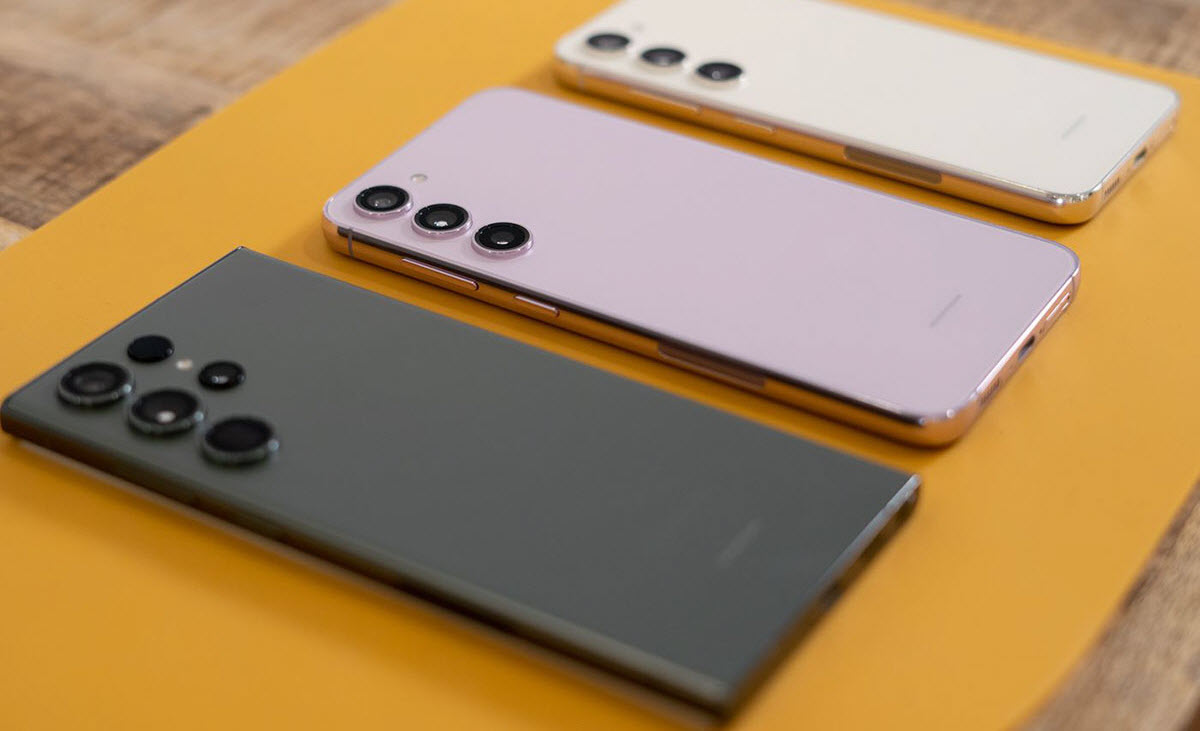
In terms of dimensions, there are notable differences between the two devices. The Galaxy S23 is more compact in almost every aspect: 1.5 centimeters shorter, 0.5 centimeters narrower, 0.9 centimeters thinner, and a whopping 30 grams lighter. Interestingly, both devices are made of a combination of metal and glass and feature Corning Gorilla Glass protection. In fact, Samsung’s model introduces the more durable Victus 2 version.
Furthermore, both devices are IP68 certified, providing them with some resistance to dust and water. Another equally important detail is the absence of a headphone jack, although both have a similar stereo speaker setup and Dolby Atmos certification.
That’s right. The differences between the Xiaomi 13T vs Samsung Galaxy S23 are minimal in general terms. Both feature 6.67 and 6.1-inch displays with AMOLED technology and Full HD+ resolution. The most notable difference is in the refresh rate, as the Xiaomi 13T reaches 144Hz compared to the Galaxy S23’s 120Hz. The Samsung Galaxy S23 is capable of projecting a maximum brightness of 1,750 nits, compared to the Xiaomi 13T’s 1,200 nits. However, the latter offers a peak level of up to 2,600 nits in HDR content.
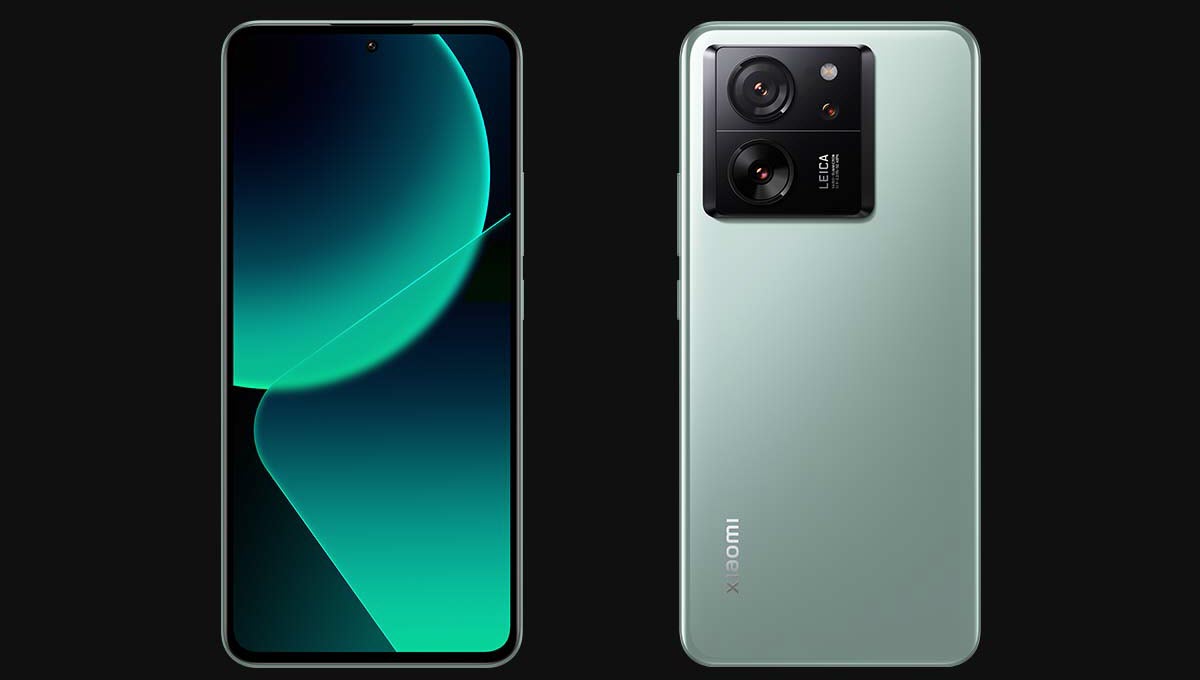
Regarding other aspects, both panels support HDR10+ and Dolby Vision certification. It’s worth noting that Samsung’s biometric approach is based on an under-display ultrasonic sensor, which is superior to the optical sensors of the Xiaomi 13T, which are also located under the panel.
Undoubtedly. The Xiaomi 13T is equipped with the new MediaTek Dimensity 8200 Ultra processor, while the Galaxy S23 uses the Qualcomm Snapdragon 8 Gen 2. The performance differences are significant, with Qualcomm’s chip surpassing the Dimensity 8200 Ultra by more than 60% in single-core tasks and over 30% in multi-core tasks. There aren’t expected to be many differences in terms of energy efficiency, as both are manufactured on a 4-nanometer process.
What about RAM and storage? Both devices are available in similar configurations, starting with 8GB of RAM. Both use the same UFS 3.1 storage technology, although the Galaxy S23 opts for the UFS 4.0 standard in its 256GB and 512GB versions. The Xiaomi 13T is only available in a 256GB variant.
In terms of connectivity, both are compatible with 5G SA and NSA, NFC for mobile payments, dual GPS, and Wi-Fi 6, among other features. It’s important to mention that the Xiaomi 13T uses Bluetooth 5.4, while the Samsung S23 uses version 5.3. The good news is that it supports eSIM technology, which is ideal if you want to travel abroad without the need to buy a physical SIM card. Regarding software updates, both companies have promised to provide up to four years of updates, and both devices benefit from Android 13.
As mentioned in previous paragraphs, the mid-range is getting closer and closer to the high-end. Xiaomi has made significant improvements in its camera setup. Their new approach is based on three 50, 50, and 12-megapixel sensors, including telephoto and wide-angle lenses developed by Leica. This collaboration includes various photography modes with the brand’s characteristic touch, as well as a Portrait mode and video recording.
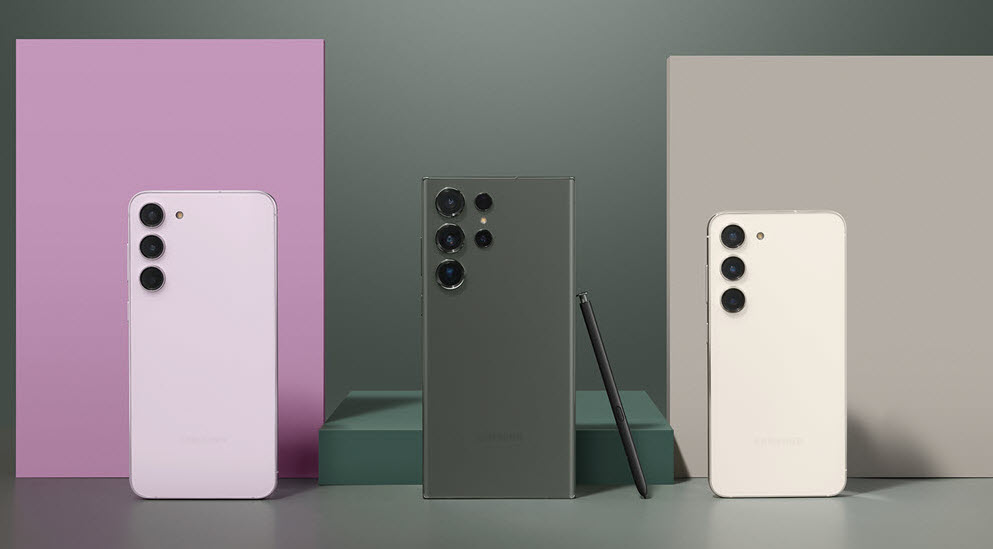
In the case of the Samsung Galaxy S23, it has exactly the same sensor configuration: a 50-megapixel main camera and additional sensors with 10 and 12-megapixel telephoto and wide-angle lenses. However, the Galaxy S23 supports 4K video recording at 60 FPS and 8K at 24 FPS. Fortunately, both devices have optical stabilization, although the Xiaomi 13T has a larger 1/1.28-inch sensor compared to the S23’s 1/1.56-inch sensor.
Regarding the front camera, the Xiaomi 13T offers higher resolution with 20 megapixels, compared to the Galaxy S23’s 12 megapixels. It’s also important to note that the Galaxy S23 is capable of recording in 4K at 30 FPS, while the Xiaomi phone is limited to 1080p at 30 FPS.
Indeed. Due to its smaller size, the Samsung S23 has a significantly smaller battery: 3,900 mAh compared to the 5,000 mAh of the 13T. Since it also has a smaller screen, this difference may be mitigated, although it all depends on how you use the device.
Where we also find differences between the Xiaomi 13T vs S23 is in the charging department. The Xiaomi 13T offers 67W fast charging, allowing for a full charge in less than an hour. On the other hand, the Galaxy S23 uses a 25W charging system and does not come with a charger in the box. However, it does support 15W wireless charging and 4.5W reverse wireless charging.
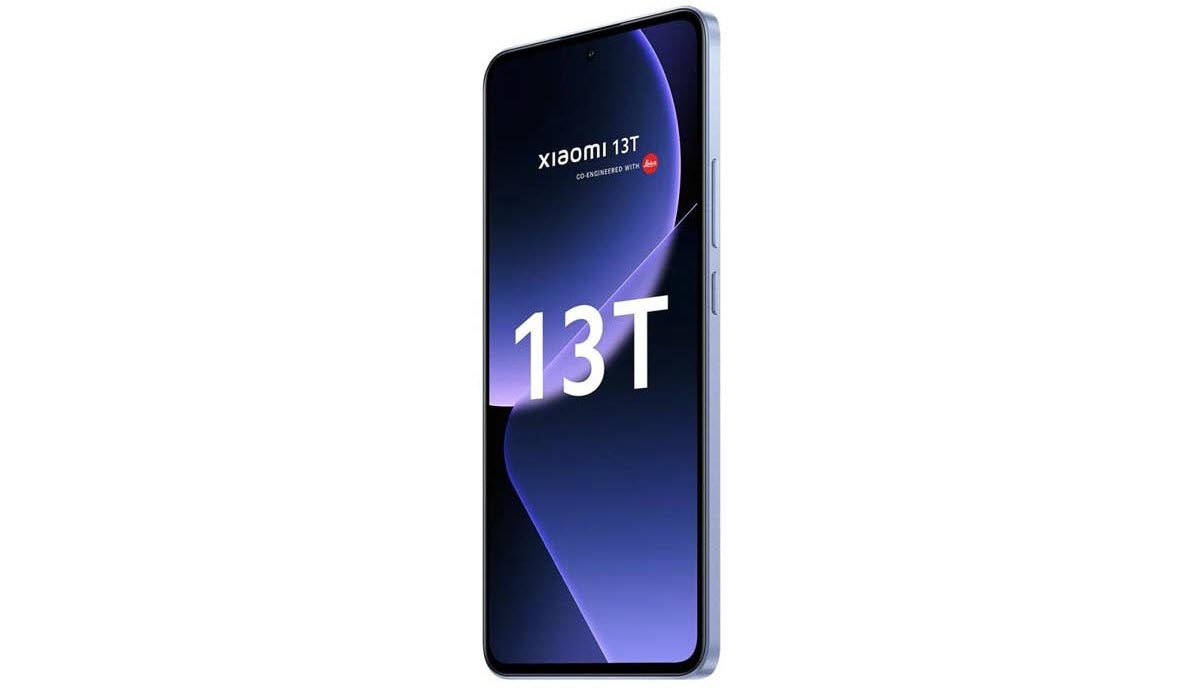
After analyzing all the differences between the Xiaomi 13T vs Samsung Galaxy S23, it’s time to draw conclusions. While Samsung’s model is initially priced higher, its value is currently below 650 euros. Although the Xiaomi 13T offers a similar proposition, the main differentiation is in the size, one being smaller and the other larger.
Any choice you make will be a good purchase. However, if you opt for Xiaomi’s proposition, it’s advisable to wait for its price to reduce in the coming months to get a better value for money ratio.